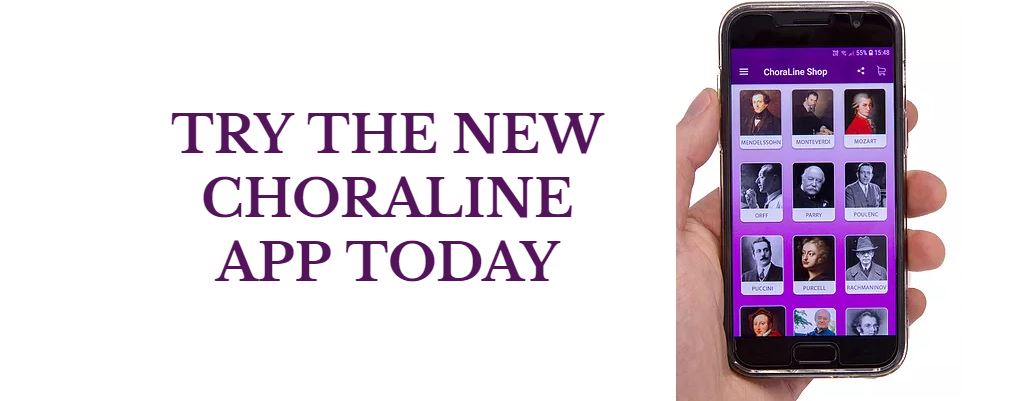Mahler Symphony No. 2 (Resurrection Symphony) Vocal Score
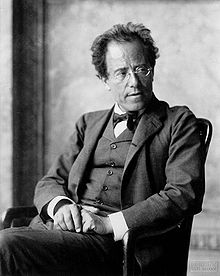 Vocal Scores for Mahler Symphony No.2
Vocal Scores for Mahler Symphony No.2
Rehearsal recordings to help learn your voice part (Soprano, Alto, Tenor, Bass) are described below.
Full video version to hear the work in full is also below.
Mahler completed what would become the first movement of the symphony in 1888 as a single-movement symphonic poem called Totenfeier (Death Celebration). Some sketches for the second movement also date from that year. Mahler wavered five years on whether to make Totenfeier the opening movement of a symphony, although his manuscript does label it as such. In 1893, he composed the second and third movements. The finale was the problem. While thoroughly aware he was inviting comparison with Ludwig van Beethoven's Symphony No. 9 (both use a chorus as the centerpiece of a much longer final movement, which begins with references to the earlier movements), Mahler knew he wanted a vocal final movement. Finding the right text for this movement proved long and perplexing.
When Mahler took up his appointment at the Hamburg Opera in 1891, he found the other important conductor there to be Hans von Bülow, who was in charge of the city's symphony concerts. Bülow, not known for his generosity, was impressed by Mahler. His support was not diminished by his failure to like or understand Totenfeier when Mahler played it for him on the piano. Bülow told Mahler that Totenfeier made Tristan und Isolde sound to him like a Haydn symphony. As Bülow's health worsened, Mahler substituted for him. Bülow's death in 1894 greatly affected Mahler. At the funeral, Mahler heard a setting of Friedrich Gottlieb Klopstock's Die Auferstehung (The Resurrection). "It struck me like lightning, this thing," he wrote to conductor Anton Seidl, "and everything was revealed to me clear and plain." Mahler used the first two verses of Klopstock's hymn, then added verses of his own that dealt more explicitly with redemption and resurrection. He finished the finale and revised the orchestration of the first movement in 1894, then inserted the song Urlicht (Primal Light) as the penultimate movement. This song was probably written in 1892 or 1893.
Mahler devised a narrative programme for the work, which he told to a number of friends. In this programme, the first movement represents a funeral and asks questions such as "Is there life after death?"; the second movement is a remembrance of happy times in the life of the deceased; the third movement represents a view of life as meaningless activity; the fourth movement is a wish for release from life without meaning; and the fifth movement – after a return of the doubts of the third movement and the questions of the first – ends with a fervent hope for everlasting, transcendent renewal, a theme that Mahler would ultimately transfigure into the music of his sublime Das Lied von der Erde.
For further information of Mahler's Symphony No.2, please click here to visit the Wikipedia website

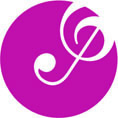

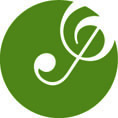
ChoraLine 'Voice Part' Rehearsal CDs & EasyPlay (Stream & Download)
Quick and Easy way to memorise your vocal line and practise between choir rehearsals
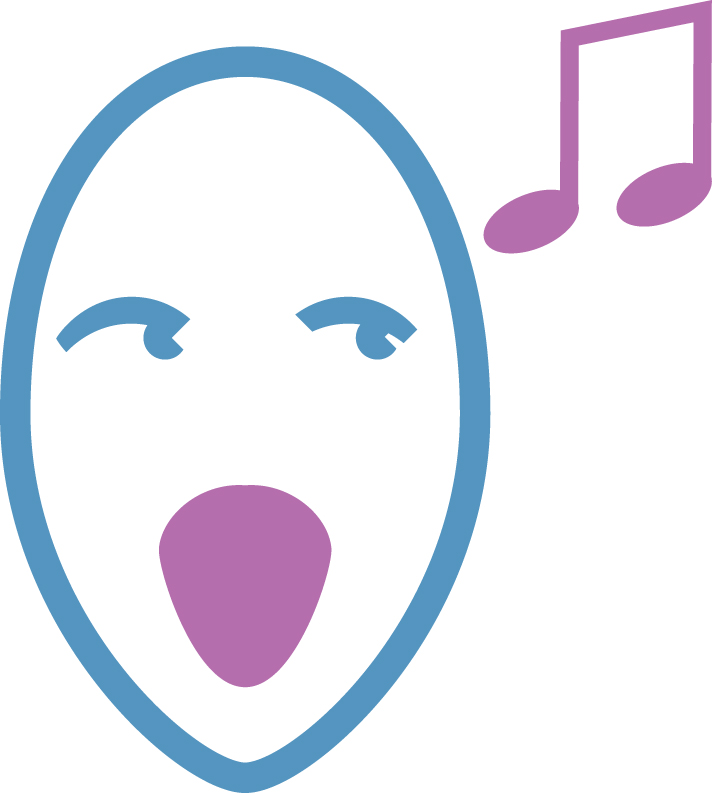
Know Your Notes Perfectly
Enhance Your Enjoyment when Singing
Learn With The Music
Shine In Your Choir
Sing With Confidence
Please click here to hear a ChoraLine sample for Symphony No.2




Performance
